Comprehensive Care for a Diverse Range of Lung Conditions
Asthma
Asthma is a chronic condition that causes the lungs and airways to become inflamed. It can affect patients of all ages, and it is often triggered during exercise. Those who suffer from asthma can experience a range of symptoms, including shortness of breath, wheezing, coughing, and tightness in the chest. Although symptoms are mild for many patients, others can experience life-threatening asthma attacks.
Asthma Treatment
Dr. Oksana Senyk can take several approaches to treat asthma. However, she will first need to perform an accurate diagnosis to develop the most effective treatment plan possible. In many cases, she will prescribe different types of medications that are taken orally or administered through an inhaler. The medications can address the underlying causes of your asthma, help you control your symptoms, and reduce your risk for a serious asthma attack.
Asthma in Pregnancy
The effects of pregnancy on asthma can often be unpredictable. If you suffer from the condition and are expecting a child, Dr. Senyk can collaborate with your obstetrician to protect the health of you and your baby. As a renowned pulmonologist with more than 20 years of experience, Dr. Senyk will ensure that a medication is safe before ever prescribing it. Furthermore, she will also provide support throughout your pregnancy.
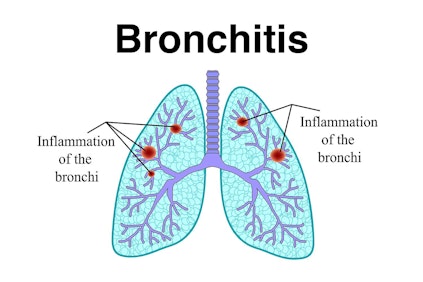
Bronchitis
Bronchitis develops when the tubes that carry air to and from the lungs (bronchial tubes) become inflamed. Symptoms can include coughing, the production of thick mucus, fever, and shortness of breath. Acute bronchitis often follows a cold or virus and it will clear up on its own in most cases, though Dr. Oksana may prescribe medication. Chronic bronchitis is a more serious concern that can last for years. To treat this condition, Dr. Oksana may recommend cardiopulmonary rehabilitation.

Bronchiectasis
Bronchiectasis occurs when the airways within the lungs become damaged and cause difficulty breathing or clearing mucus. Patients with this condition are more likely to develop a pulmonary infection, such as pneumonia. There is currently no cure for bronchiectasis. However, Dr. Oksana can monitor your health and provide antibiotics if you suffer from this condition. She may also suggest lifestyle changes to help minimize symptoms.

Chronic Obstructive Pulmonary Disease (COPD)
Chronic obstructive pulmonary disease (COPD) encompasses several long-term conditions, including chronic bronchitis and emphysema. As lung function worsens, patients may experience breathlessness, increased mucus production, coughing, and other symptoms. There is no cure for COPD, but proper care can help to manage symptoms. COPD most often affects smokers, so quitting smoking can be one of the most important aspects of COPD treatment.

Emphysema
The lungs are filled with small air sacs called alveoli. Emphysema is a condition that causes these sacs to become damaged and ruptured, forming one large opening. As a result, less oxygen reaches the bloodstream and patients will experience shortness of breath. There is no cure for emphysema. However, early treatment can often prevent serious damage to the lungs. Additionally, medications, pulmonary therapy, and surgery can all be effective forms of treatment.
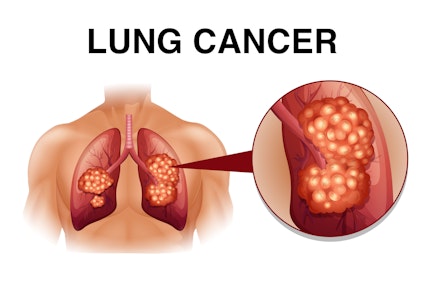
Lung Cancer
Lung cancer is one of the most serious types of cancer. The condition is most often caused by smoking, as carcinogens come in frequent direct contact with lung tissue. However, non-smokers can still develop the disease. Dr. Oksana can perform a professional diagnosis of lung cancer, often using a bronchoscope to take a biopsy. When we do determine that a patient suffers from the condition, we will refer him or her to a specialist for treatment.
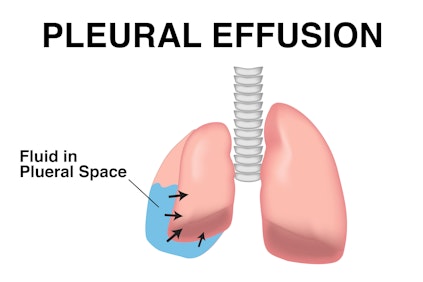
Pleural Effusion
Pleural effusion refers to a buildup of fluid between the pleura (the membrane that lines the lungs) and the walls of the chest. The condition can occur in a variety of disease processes, such as congestive heart failure or kidney disease. Dr. Oksana can diagnose and treat pleural effusion by performing a procedure called thoracentesis to drain excess fluid.
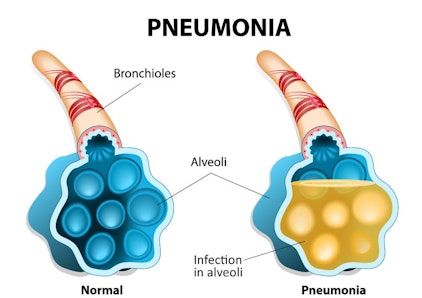
Pneumonia
Pneumonia is a bacterial or viral infection that causes the air sacs within the lungs to become inflamed. It can result in moderate to severe symptoms that may include coughing, excess mucus production, fever, and difficulty breathing. The disease can be life-threatening for babies, seniors, and patients with other health conditions. Antibiotics are the most common treatment for bacterial pneumonia.
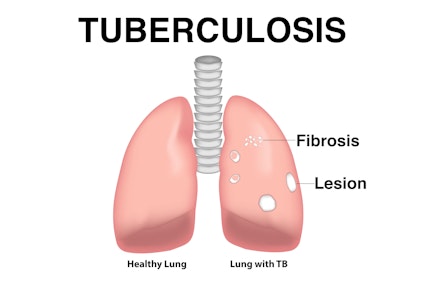
Tuberculosis
A little over a century ago, tuberculosis (TB) was the leading cause of death in the United States. Today, this bacterial infection of the lungs is treatable thanks to modern medical innovations. Symptoms of TB include coughing (including coughing up blood), excess mucus production, fever, and fatigue. If you experience these symptoms, it is imperative that you contact a pulmonologist immediately.

Chronic Cough
If your cough has lasted for more than eight weeks, it is defined as chronic. A number of factors can contribute to this condition, including smoking, postnasal drip, or infection. If you suffer from a chronic cough, Dr. Senyk will begin with a complete diagnosis. For example, pulmonary function studies can be very helpful in diagnosing the underlying causes of cough. Then, she will treat the underlying cause to help you find lasting relief. In many cases, Dr. Senyk will prescribe antihistamines, antibiotics, or acid blockers to treat the condition.

Cold and Flu
If you have compromised pulmonary health, a minor cold can have serious consequences. Colds and the flu are viral but bacterial infections can develop in this setting, especially in patients with underlying lung disease. Dr. Senyk can provide medication to control your symptoms and improve breathing. Flu shots are also important, especially if you have underlying health conditions.

Interstitial Lung Disease (ILD)
Interstitial lung disease (ILD) refers to a group of conditions that can lead to progressive scarring of lung tissues. The most common symptoms of ILD include a dry cough and shortness of breath. Over time, oxygen levels in the blood can drop and cause the heart to become enlarged. ILD can develop for a number of reasons, though the cause remains unknown for many patients. Treatments can include steroid medication or oxygen therapy. If untreated ILD can progress to scaring of the lung tissue or pulmonary fibrosis.

Pulmonary Fibrosis
One of the most common types of ILDs, pulmonary fibrosis causes scar tissue to develop in between the air sacs of the lungs. Pulmonary fibrosis may result because of exposure to certain irritants, radiation therapy, medications, or other medical conditions. There is no cure for pulmonary fibrosis, but treatment can slow its progression. Dr. Oksana may recommend medications, oxygen therapy, pulmonary rehabilitation, or surgery.

Allergies
Allergies affect a large percentage of Americans of all ages. They arise when your immune system combats a foreign substance, or allergen. Allergies can cause a range of symptoms, including fatigue, coughing, sneezing, mucus production, and more. Dr. Oksana can provide several different treatments, although medications are the most common option. She will soon offer allergy testing if you do not know what is causing your symptoms.
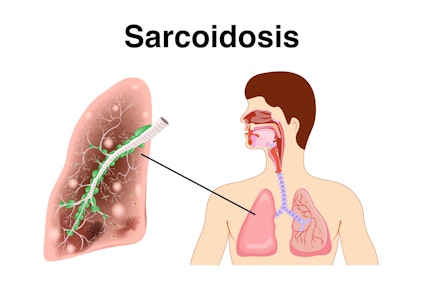
Sarcoidosis
Sarcoidosis can cause inflammation in various organs of the body. When the lungs become affected by the condition, fatigue, coughing, chest pain, and shortness of breath can all result. In some cases, sarcoidosis will go away on its own. Early diagnosis is important to minimize the XXX of long-term damage to the lung by starting medication early.

Occupational Lung Disease
Occupational lung disease can include many different disorders. These problems most often arise because of constant exposure to certain airborne irritants in the workplace. Common types of occupational lung diseases include black lung and asbestosis. Dr. Senyk will perform a detailed diagnosis to determine the best course of treatment.

Mesothelioma
Pleural mesothelioma is a rare type of cancer that affects the protective tissue lining of the lungs. This disease is most often caused by prolonged exposure to asbestos. Mesothelioma is very serious because the resulting tumors are malignant in most cases. Dr. Oksana can provide diagnostic procedures for mesothelioma and refer you to a specialist for treatment.





